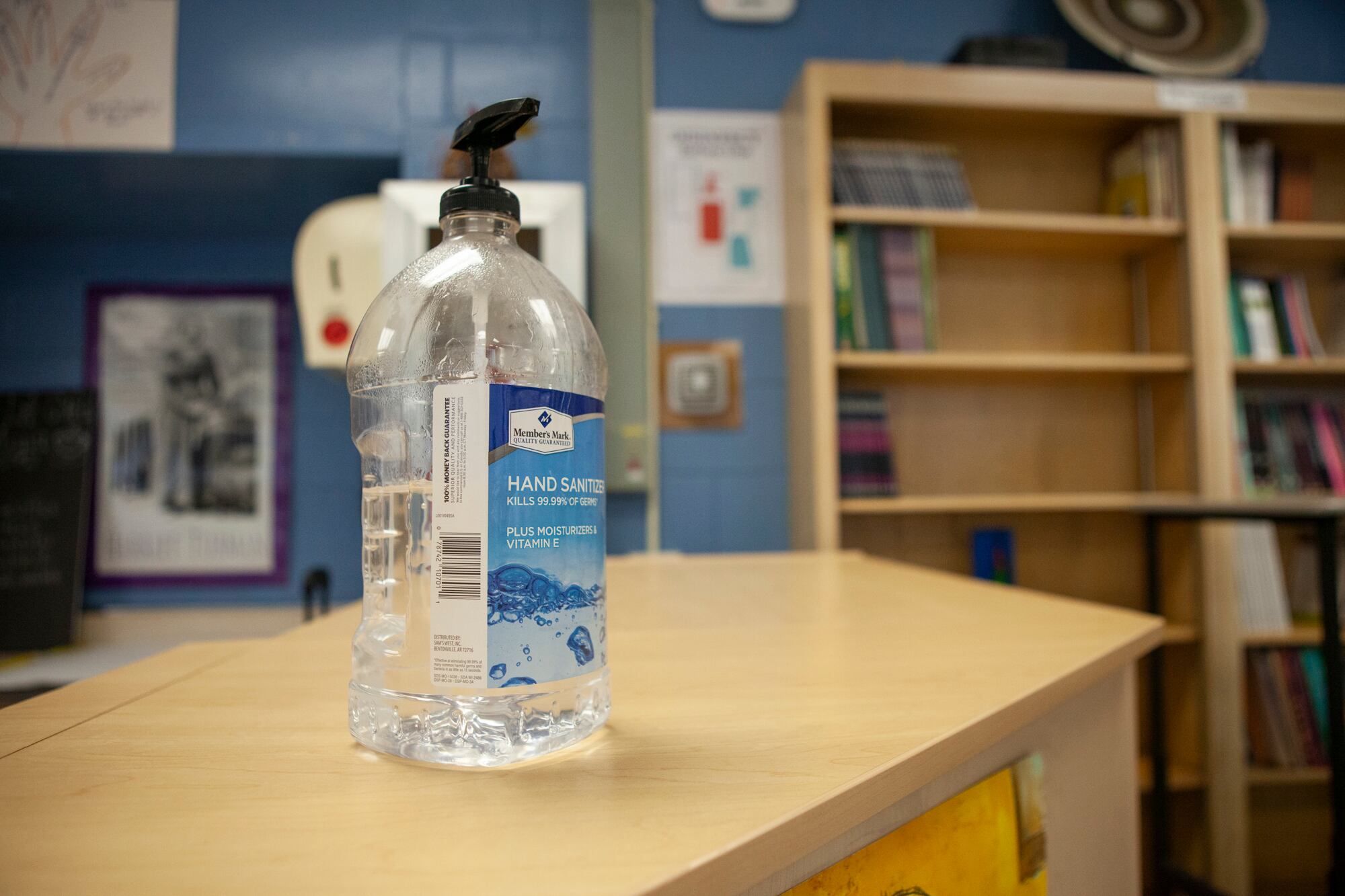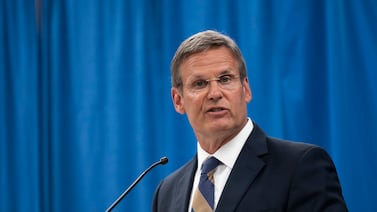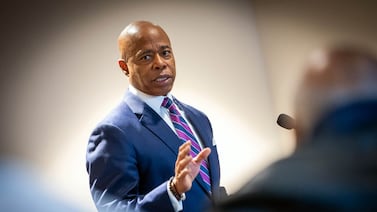After a tense standoff that threatened a strike in the nation’s third largest city, Chicago teachers voted in favor of a school reopening deal that allows buildings to reopen their doors as soon as this week.
Members of the Chicago Teachers Union voted in favor of the agreement Wednesday — with 67% voting in favor and 32% voting against. The union said 20,275 of more than 25,000 eligible teachers cast ballots. The vote came after the union’s leadership body overwhelmingly voted in favor of sending the deal to members Monday night.
“This plan is not what any of us deserve. Not us. Not our students. Not their families,” union President Jesse Sharkey said in a statement. “The (agreement) represents the absolute limit to which CPS was willing to go at the bargaining table.”
In a statement Wednesday morning, Mayor Lori Lightfoot and schools chief Janice Jackson said the teachers vote in favor of the contract “reaffirms the strength and fairness of our plan,” and that “our schools are fully prepared to safely welcome back students beginning tomorrow.”
The agreement extends Chicago’s reopening timeline over the next month, clearing the way for the district to bring back a second wave of students. Chicago students in prekindergarten and some special education classes, and their teachers, who were first called back in January, are to return to classrooms Thursday. The district reported in January that about 3,200 prekindergarten and special education students had returned to school campuses — fewer than officials expected.
Under the deal, teachers for kindergarten through fifth grade would return Feb. 22, with students returning March 1. Middle school students would follow the week after. In total, 62,000 students in kindergarten through eighth grade are expected to return — about 1 in 3 of all students enrolled.
That means the majority of Chicago students will continue to learn remotely through the third quarter. Officials have said families would be able to opt into in-person learning again in the fourth quarter, which starts in April.
The deal does not address when high school students would return to classrooms, a point of contention among students and families.
Reached after what officials ultimately said was more than 80 meetings, the agreement between Chicago Public Schools and the union promises regular surveillance testing of teachers and sets aside weekly vaccine dosage guarantees for union members. It offers more work-from-home accommodations to educators with high-risk family members and establishes a trifecta of metrics to determine when schools stay open or close should rates spike. It also paves the way for a student-testing protocol for children at 134 schools in neighborhoods with the highest COVID-19 rates.
A side letter allows educators who were locked out of their virtual classrooms in January for refusing to work in-person to resume remote teaching.
The deal came at the end of a protracted battle that began late last summer, as Chicago geared up to reopen schools in September. Ultimately, the city delayed reopening plans twice due to surging COVID-19 rates and growing pressure from the teachers union.
Chicago district CEO Janice Jackson and district leaders said they planned to reopen schools at the start of 2021 — agreement or not. They did so in early January, only to hit pause after two weeks when the union narrowly passed a resolution that called on teachers to cease reporting to school buildings.
The overwhelming majority complied, setting into motion a series of events that put the city on the brink of its third teachers strike in recent years; the union went on strike to push for sweeping contract changes in 2012 and again in 2019.
Mayor Lori Lightfoot warned teachers would face consequences, as parents lamented the confusion caused by delayed start dates, changing schedules, and the uncertainty of not knowing what would come the next day.
Leaders of the city and the teachers union did not announce the deal together following a weeks-long standoff that turned Chicago’s reopening push into one of the most acrimonious across the country.
During the standoff, Lightfoot expressed concern that disputes with the union could impact the district’s long-term reputation.
“This instability and chaos serves no one, and least of all our children,” Lightfoot said in late January. “Least of all our families.”
Teachers voting Tuesday, meanwhile, delivered a closer vote than they had in other contract negotiations.
Winnie Williams-Hall, a special education teacher at Nicholson STEM Academy in Chicago’s Englewood neighborhood, said that while she had voted in favor of the reopening agreement, she was not entirely pleased with it.
“I’ve been frustrated,” said Williams-Hall, who added that, overall, she is relieved there is a plan to return to the classrooms. She said she wishes the final agreement satisfied one of the union’s initial demands to forgo simultaneous instruction, which calls for teachers to work with both remote and in-person students.
That language is not in the current agreement. “Telling me I should teach remotely and in person simultaneously,” she said, “I still don’t understand that piece.”








